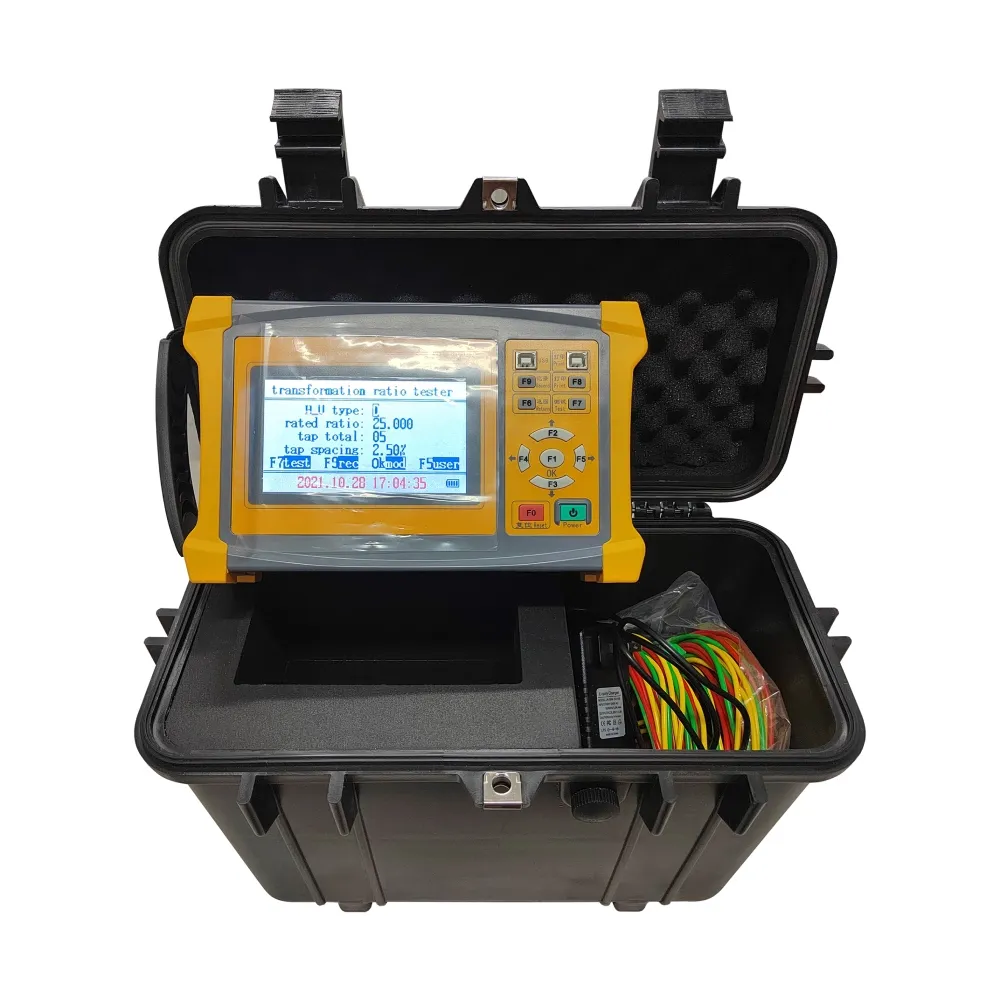 English
English


Advancements in Gas Chromatography Instruments for Enhanced Analytical Performance
Understanding Gas Chromatography Instruments Principles and Applications
Gas chromatography (GC) is an essential analytical technique widely used in various scientific fields, including chemistry, environmental science, and biochemistry. It is particularly effective for separating and analyzing compounds that can vaporize without decomposing. The primary function of a gas chromatography instrument is to separate complex mixtures into individual components, allowing for their quantification and identification. This article explores the fundamental principles of gas chromatography, the components of the instrument, and its diverse applications.
At its core, gas chromatography operates on two key phases the mobile phase and the stationary phase. The mobile phase is typically an inert gas, such as helium or nitrogen, which transports the sample through the system. The stationary phase is usually a liquid or solid material coated within a column. When a sample is injected into the instrument, it is vaporized and carried by the mobile phase through the column. As the compounds travel through the stationary phase, they interact differently based on their chemical properties, resulting in varied retention times. This separation enables the user to analyze the components individually as they exit the column.
The main components of a gas chromatography instrument include the carrier gas supply, injector, column, detector, and data analysis software. The carrier gas is responsible for transporting the sample, while the injector serves to introduce the sample into the system. Two common types of injectors are split and splitless injectors, each suitable for different sample types and concentrations. The column, which is often the heart of the instrument, can vary in length, diameter, and stationary phase composition, depending on the specific application and analytes involved.
gas chromatography instrument

After separation, the compounds pass into the detector, which identifies and quantifies them. Various types of detectors may be employed in gas chromatography, including flame ionization detectors (FID), thermal conductivity detectors (TCD), and mass spectrometers (MS). Each detector has its unique advantages and is chosen based on the specific requirements of the analysis. For instance, FID is highly sensitive to organic compounds, while MS can provide detailed molecular information.
Gas chromatography is widely applied in many fields, exemplifying its versatility and importance. In environmental science, GC is essential for analyzing pollutants in air, water, and soil samples. It helps in monitoring hazardous substances, ensuring compliance with environmental regulations and protecting public health. In the food industry, gas chromatography plays a crucial role in flavor and fragrance analysis, pesticide residue testing, and quality control. It allows for the detection of volatile compounds, ensuring product safety and compliance with industry standards.
In addition to environmental and food analysis, gas chromatography is increasingly utilized in the pharmaceutical industry. It is essential for characterizing drug formulations, verifying purity, and conducting stability studies. The technique is also instrumental in forensic science, aiding in the analysis of samples for toxicology and drug testing, thereby supporting legal investigations.
In conclusion, gas chromatography instruments are vital analytical tools that enable the separation and analysis of various compounds in diverse applications. Their ability to provide accurate, reliable, and reproducible results makes them invaluable in research and industry. As technology advances, we can expect further enhancements in gas chromatography techniques, expanding their applications and improving analytical capabilities even more.
-
Differences between open cup flash point tester and closed cup flash point testerNewsOct.31,2024
-
The Reliable Load Tap ChangerNewsOct.23,2024
-
The Essential Guide to Hipot TestersNewsOct.23,2024
-
The Digital Insulation TesterNewsOct.23,2024
-
The Best Earth Loop Impedance Tester for SaleNewsOct.23,2024
-
Tan Delta Tester--The Essential Tool for Electrical Insulation TestingNewsOct.23,2024





